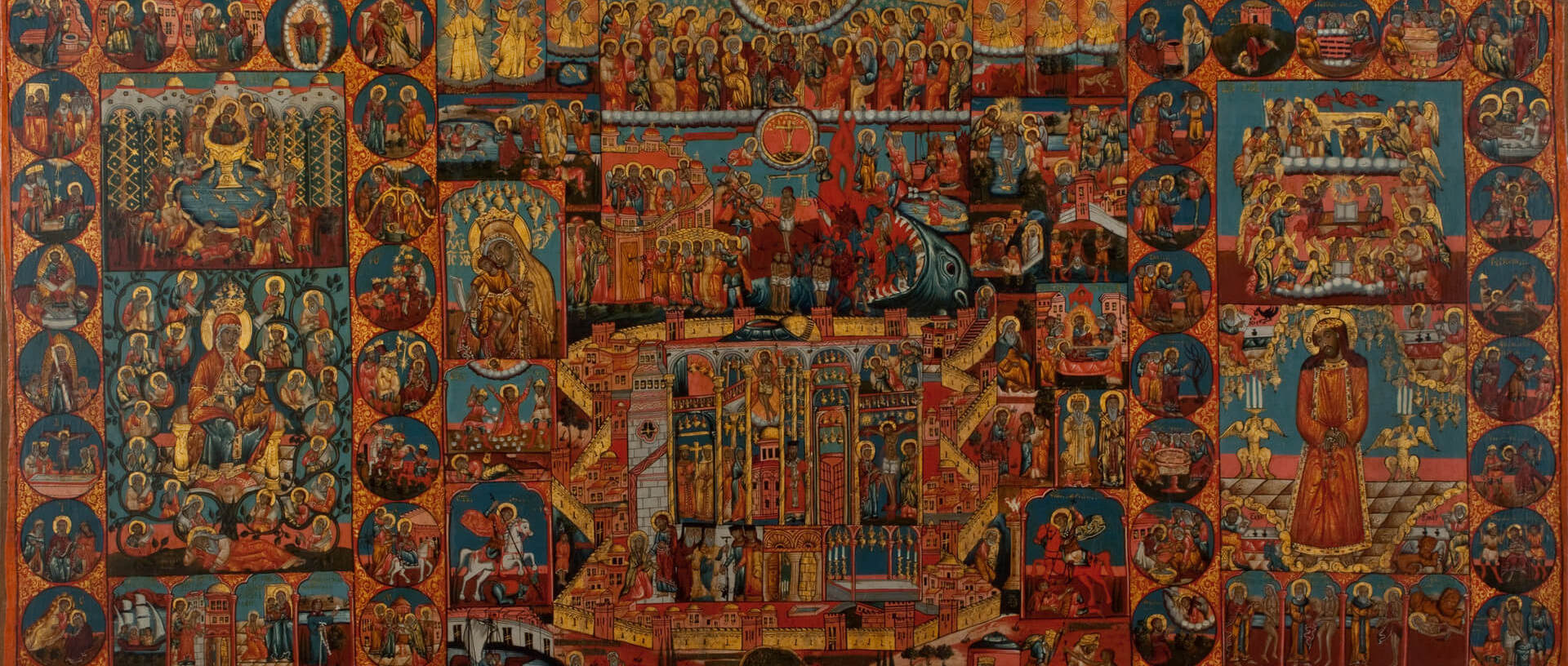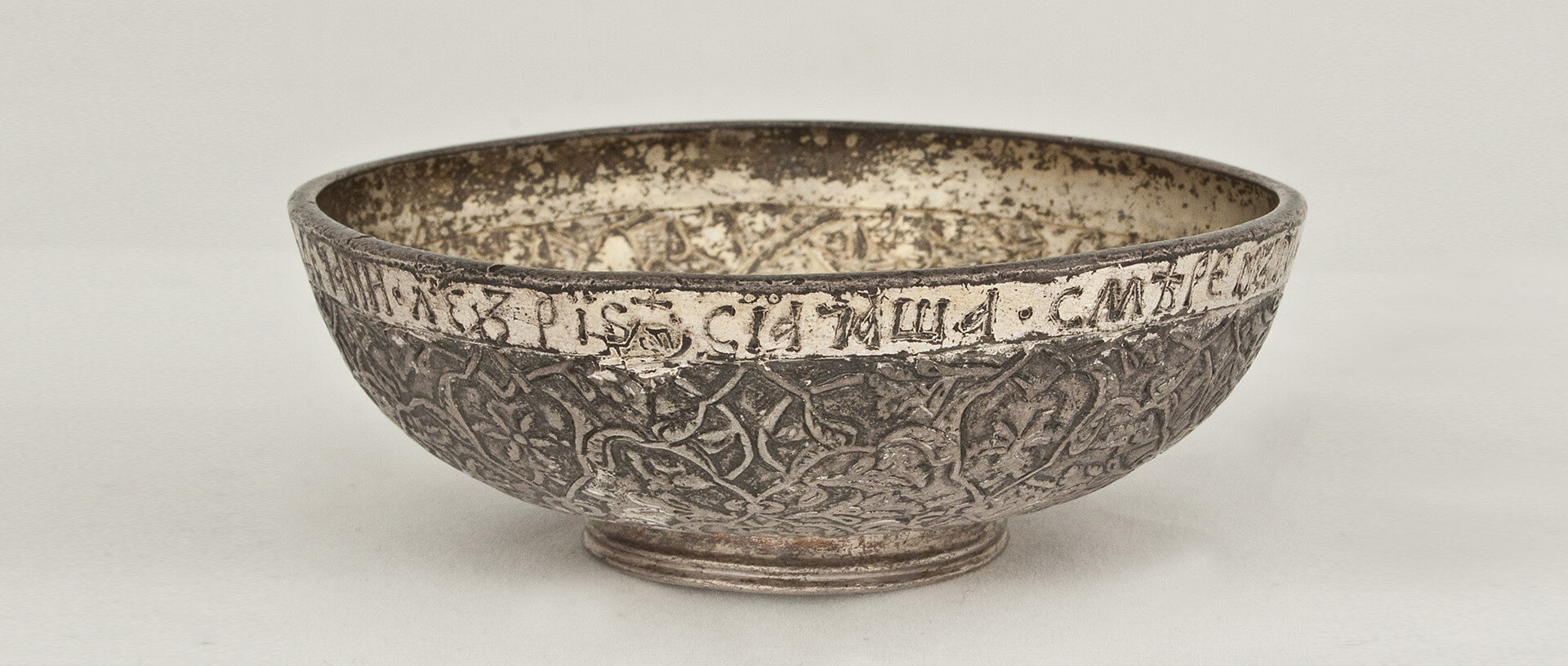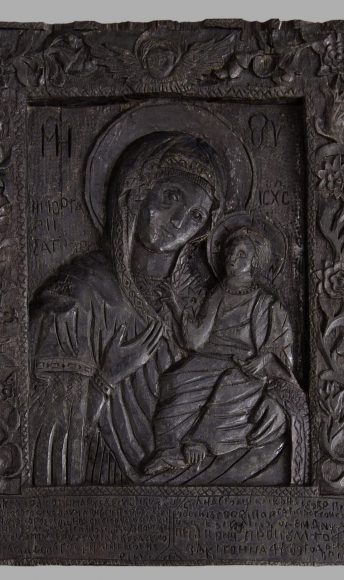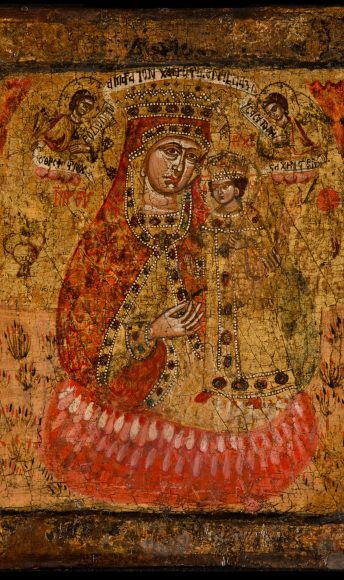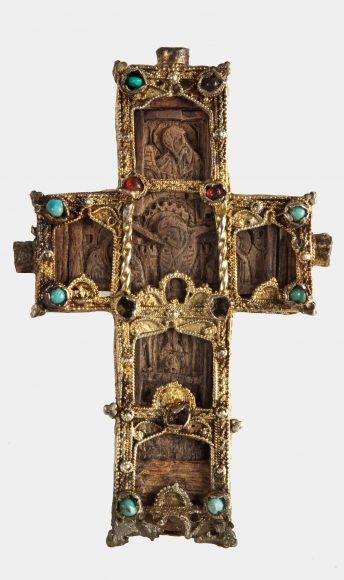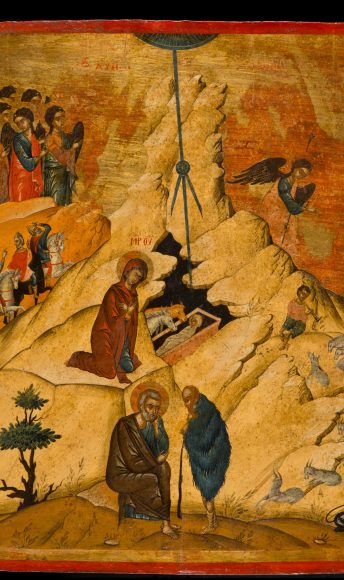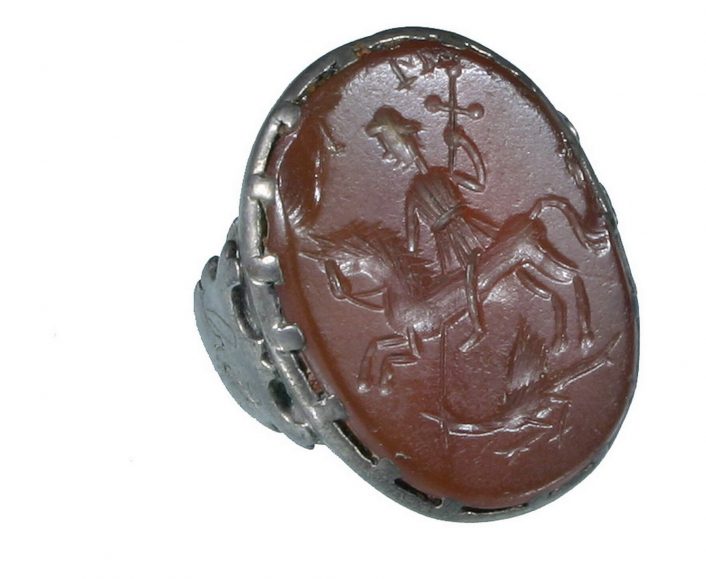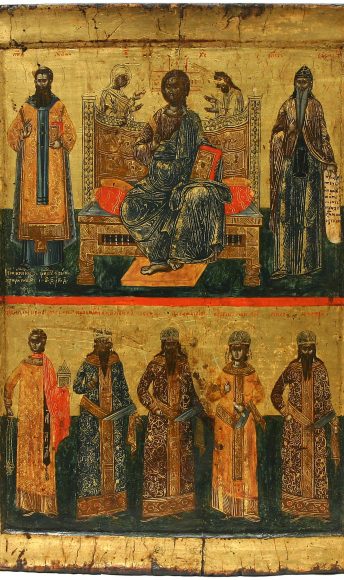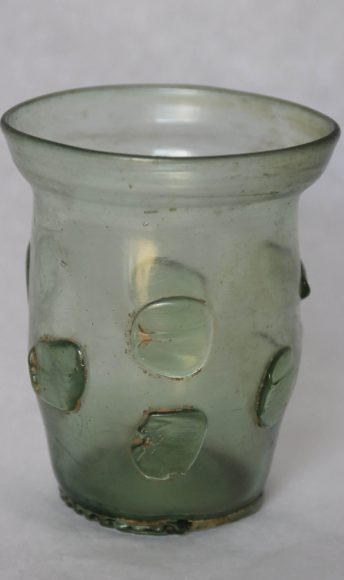Post-Byzantine Art Collection safeguards the art of Serbian people created during the Turkish rule in the Balkans, between the fall of Despotate in Smederevo in 1459 and the First Serbian Uprising, 1804. The Collection mainly consists of icons, diverse both in terms of their quality and their iconographic repertoire.
Icons representing Serbian rulers and saints make an important segment of the Collection, testifying both to the ongoing production of icons and religious and political life in Serbia during the Turkish rule. On the other hand, Russian and Italian – Crete icons, represent limited international cultural influences during this period. Silver and gold-plated dishes, jewelry, crosses for various devotional purposes, artifacts for religious service, expensive embroidery and book fittings within the Collection give an overview of the diversity of visual expressions from the period.
The highlights of the Collection are an icon by a distinguished painter of the 17th century, Avesalom Vujičic, representing Serbian rulers Stefan Prvovenčani, Stefan Dečanski, Uroš Nejaki and Prince Lazar, with martyr halos, along with the universal Christian saints; valuable icon of St. Jovan the Hermit from Crete and the Imperial doors from the end of 15th century, originating from an unknown church in Ohrid, Macedonia.


